
After the 14th Dalai Lama was forced into exile as consequence of the Tibetan uprising of 1959, more than 150,000 Tibetan refugees have undertaken long and dangerous journeys through the Himalayans of Nepal and India following their leader and escaping Chinese oppression.
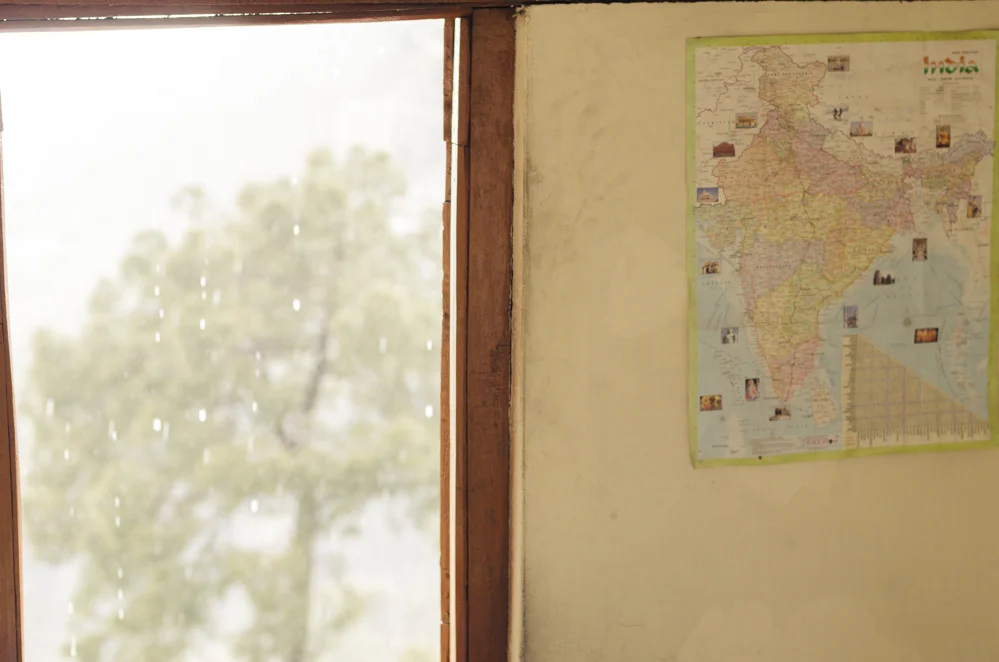
In March 2008, wave of violent protests against Chinese rule in the capital of Tibet led the government to increase boarder control. It is estimated that before March 2008 approximately 2,500 Tibetan refugees would arrive at Dharamshala in India each year, the number has dropped to 550 since the new control measures have been implemented.
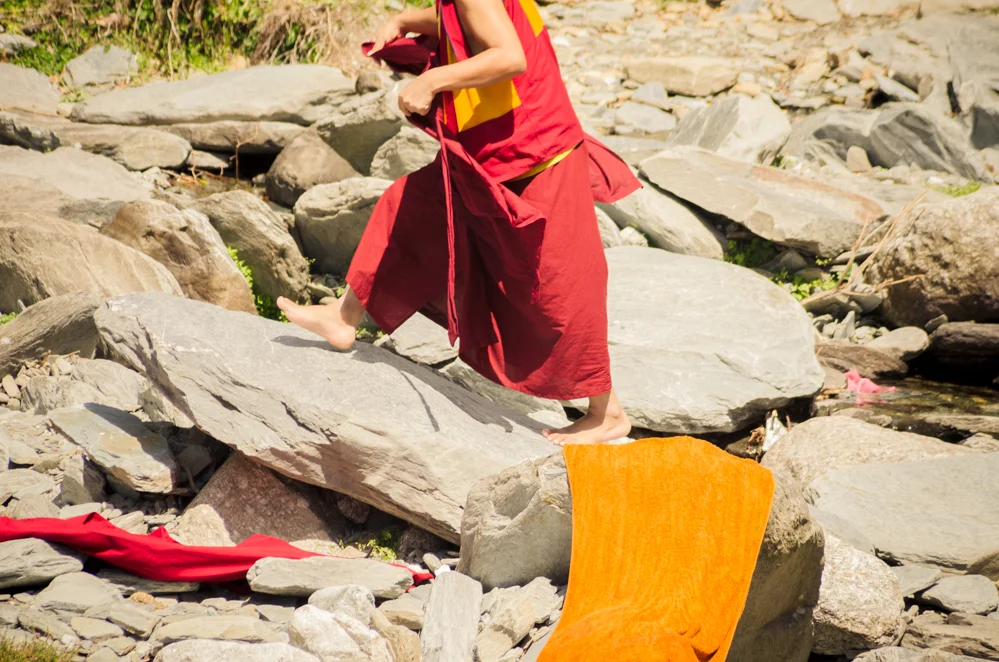
The Chinese government keeps tight control of the Tibetan boarders. Permits to leave the country are difficult to get and the Chinese government has not issued new passports for Tibetans for years. This forces them to cross the boarders illegally.

The journey through the "ancient" route is located 100 km from Mount Everest. It connects the southern Tibetan town of Tingri (at an altitude of 4,250 meters) to the towns of Namche, Bazaar, Lukla and Jiri in Nepal.

Some refugees choose to travel to Nepal through the remote Himalayan regions of Mustang and Humla. Many make their way by following the Humla Karnali River along Mount Kailash.

Earlier this year, China collected Tibetans' passports with the purpose of replacing them with new electronic passports leading Tibetans to surrender their old passport but without ever receiving a new one.

Buddhist monks wash their clothes in a river in the Himalayan Mountains.

Many Tibetan refugees pilgrimage through the holiest sites in Siddhartha's life on their way to Dharamshala.
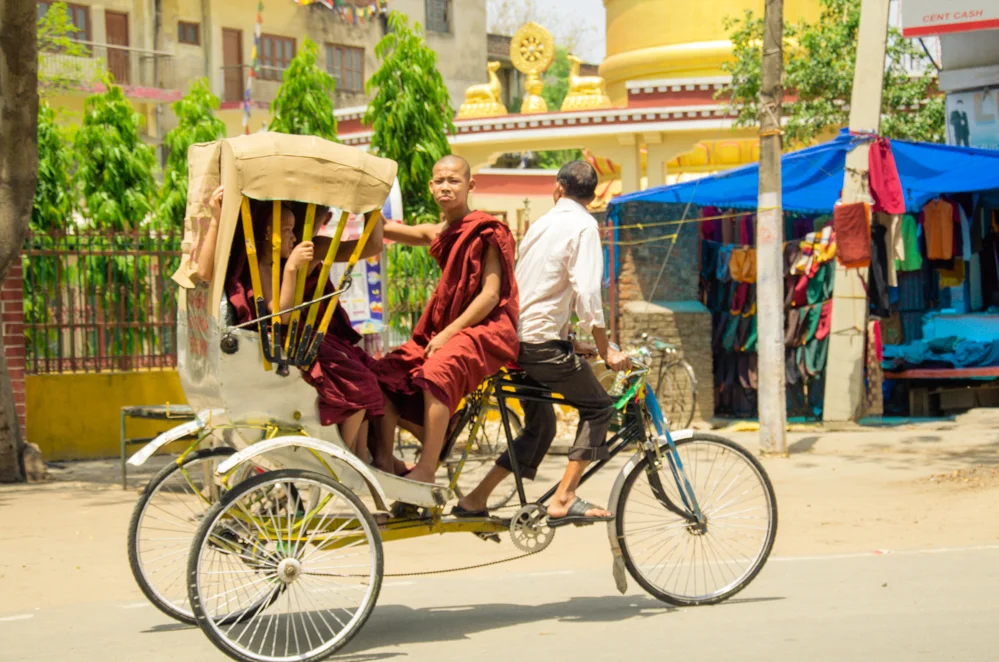
Once outside China many Tibetan refugees pilgrimage through the holiest sites in Siddhartha's life on their way to Dharamshala.
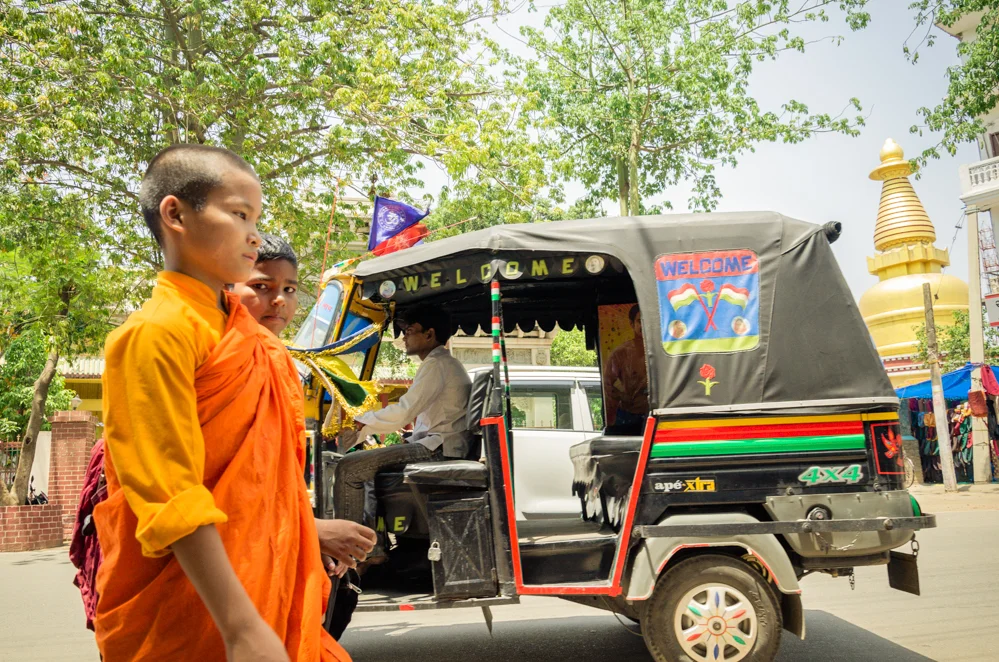
It is estimated that 30 percent of Tibetan refugees are children.
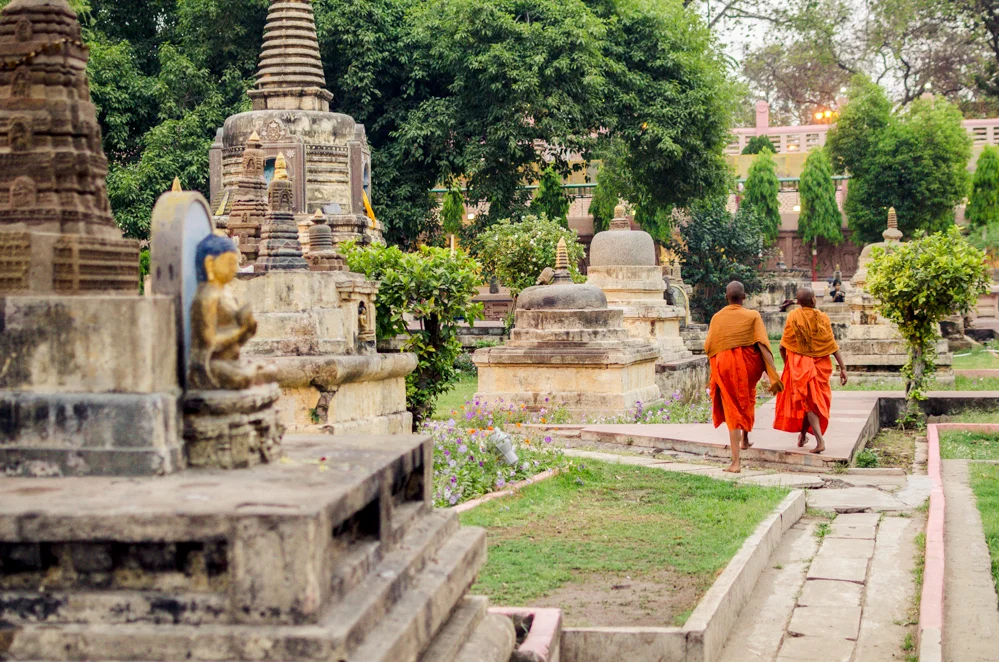
The Mahabodhi Temple in Bodh Gaya, a UNESCO World Heritage Site, is visited by Pilgrims from all over Nepal, China and South East Asia.

Also known as the "Temple of the Great Awakening", the Mahabodhi Temple is particularly important to Buddhists since it was here that Buddha meditated over the foundations of his Dharma.
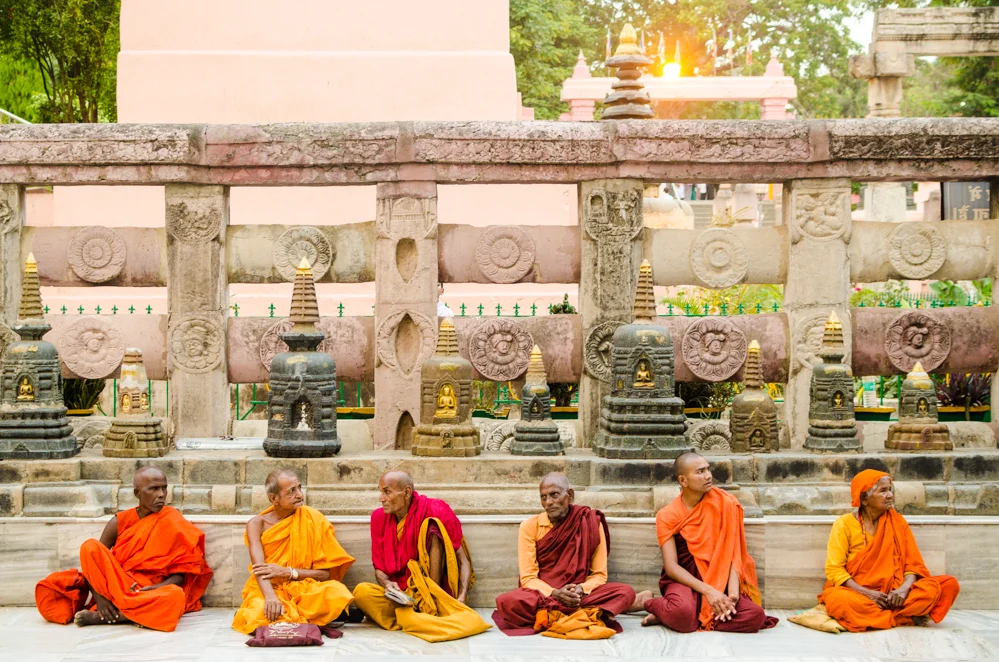
Buddhist spend days following the footsteps of Siddhartha Gautama's first seven weeks of enlightenment.

Pilgrims meditate over seven sacred sites practicing each of the meditation method that lead the Buddha to his enlightenment.
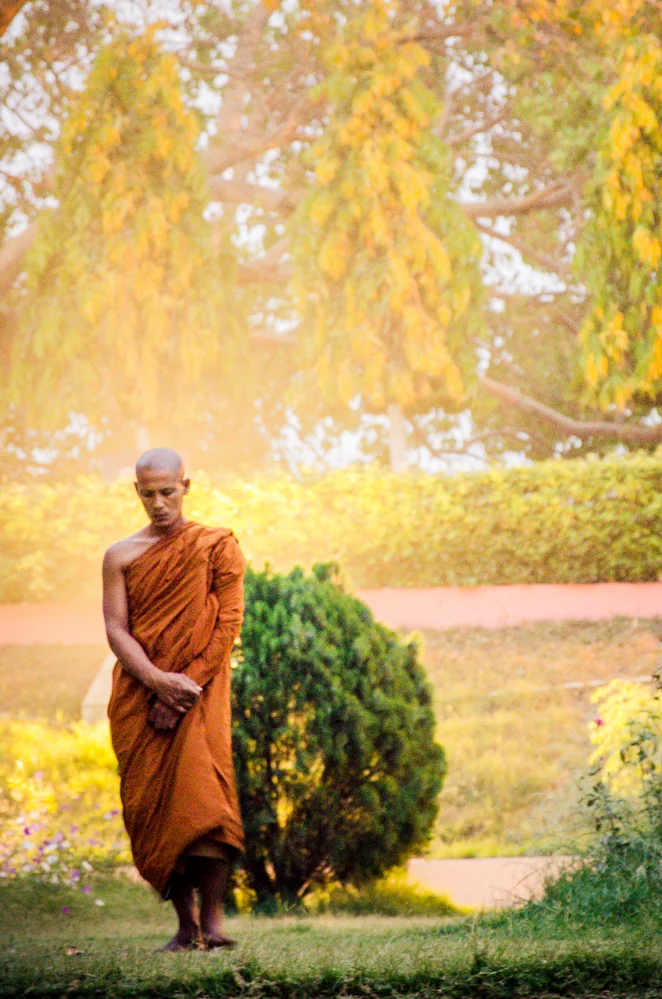
According to the legend, lotus flowers sprung up along the Buddha's feet as he meditated while walking back and forth between the Animeshlocha Stupa and the Bodhi tree. This walk is now known as the Ranachakarma or the Jewel Walk.
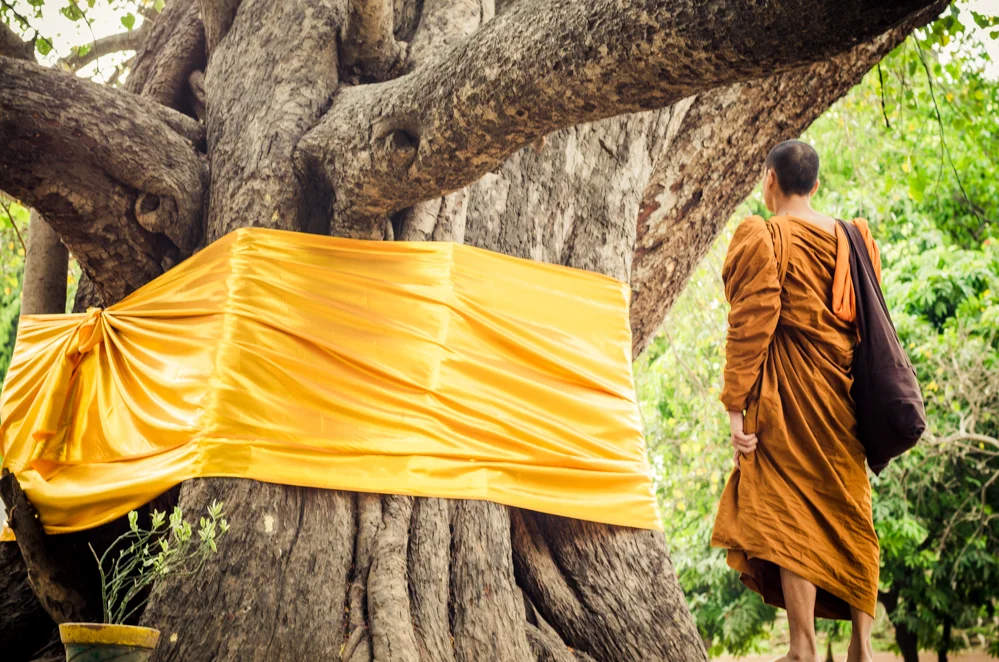
The Bodhi Tree is the most sacred site of the Mahabodhi Temple Complex. It was under this sacred fig tree that Buddha attained his enlightenment.
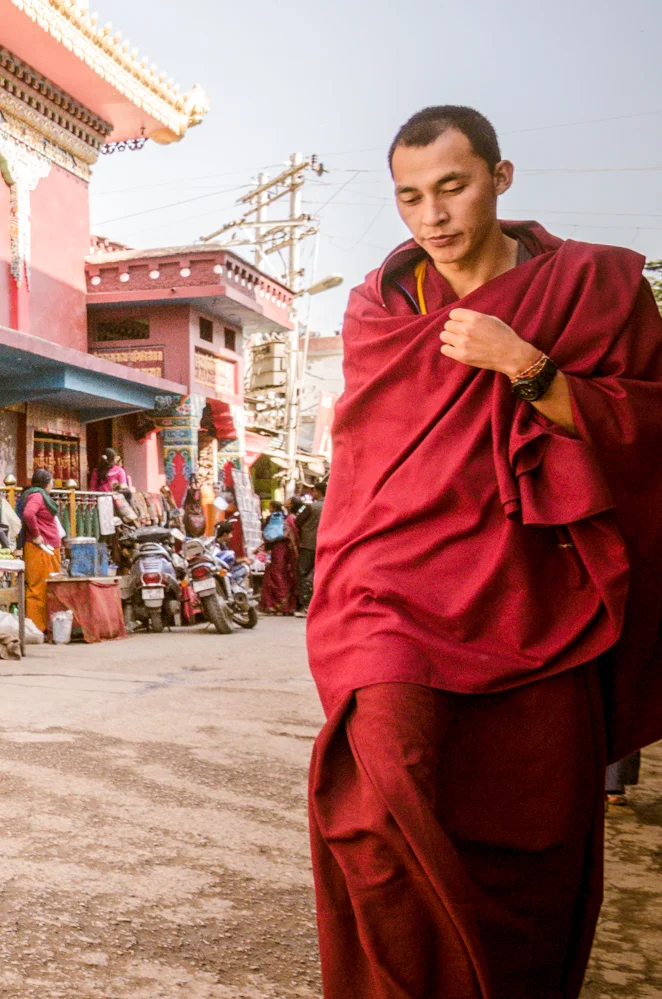
The final destination for many Tibetan refugees is the Himalayan town of McLeod Ganj.
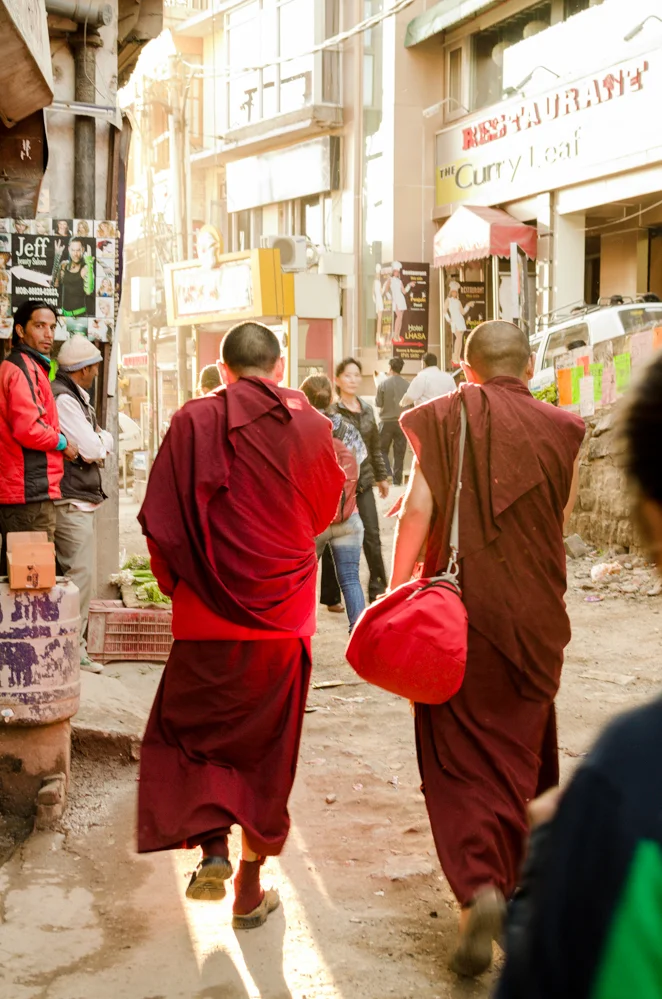
McLeod Ganj, also known as "Little Lhasa", is a small busy town that welcomes Buddhists and hosts the Dalai Lama's home in exile.

In McLeod Ganj, Buddhist can find the peace and tranquility they seek for developing their practices and continuing their spiritual quest.

It is common practice for student monks to gather and discuss the nuances of Buddhist thought.

Monks perform a characteristic gesture of clapping their hands and pointing at their opposition when making a point in the discussion.

Monks gather in the courtyard of the Tsuglagkhang Complex for their heated debates.

McLeod Ganj hosts a number of monasteries and temporary residences for visiting pilgrims as well as new comers.

Mcleod Ganj sits quietly 2,082 meters high in the Dhauladhar Range in the Kangra District of Himachal Pradesh, India.

“Compassion is the wish to see others free from suffering.”

